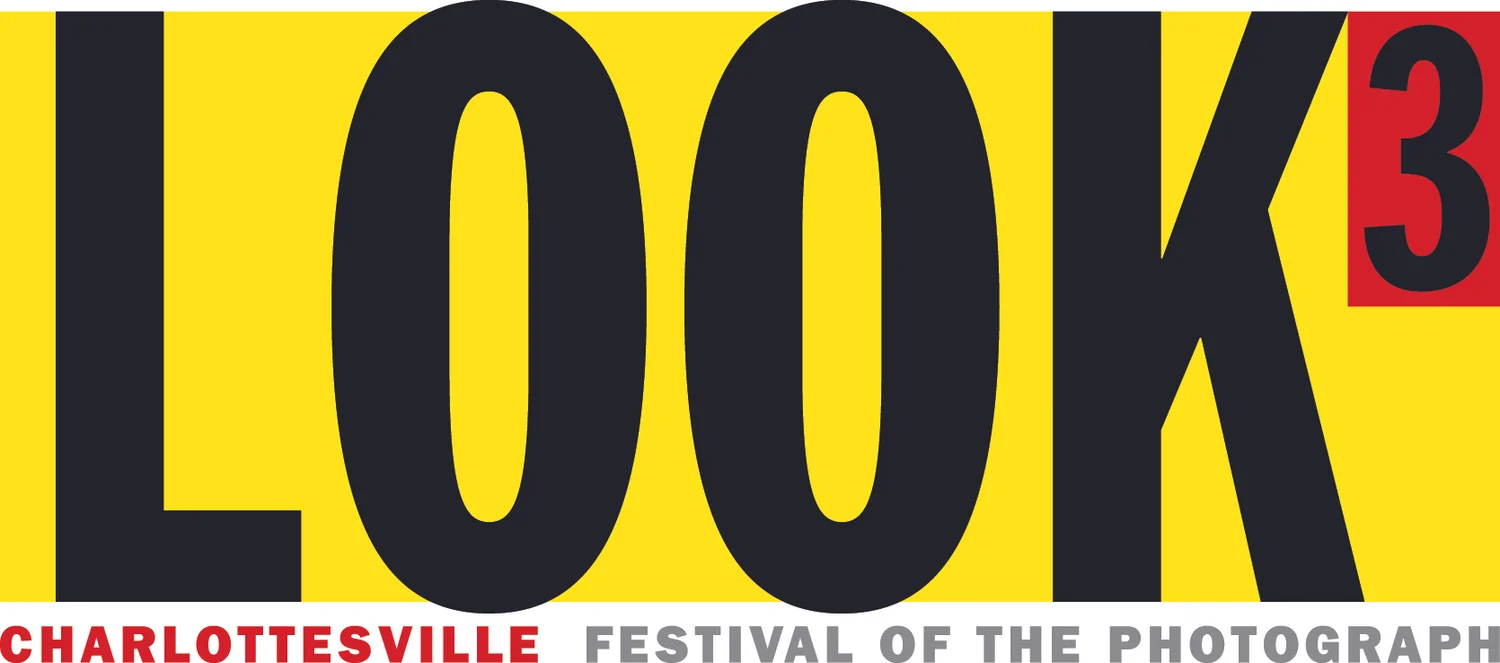Photo by Michael Nichols
STANLEY GREENE
INsight Artist, 2012
“There are artists who populate this gray world, whose work penetrates the primordial stillness, unwrapping truths with a clear message about our tomorrows. They work in many mediums, speak in different tongues, but among each other need no translation. We listen, because their efforts strike us silent with fear. Call them what we will, conduits, spirit dancers, monks; they hold us hostage to our follies and half-truths. Such an artist is Stanley Greene.” —Lester Sloan
Stanley Greene has called a camera in the right hands the most powerful weapon ever made. Greeneʼs hands are definitely the right ones. Over the last two decades, he has brought back haunting images from troubled places like Croatia, Rwanda, and the post-Katrina Gulf Coast. His photographs are iconic, but they can also make you sweat: drug addicts squat in a hovel in Kabul; men flee a fiery explosion in Kirkuk, Iraq; a dirty American flag is draped over a pew in a New Orleans church still in ruins two years after Hurricane Katrina. Greene has covered wars, migrations, drug-use, and long invasions, perhaps most notably in his work in Chechnya. A firm believer that photographers should not just parachute into a place and then leave when the next story comes along, Greene spent more than a decade documenting Chechnyaʼs struggle for independence from Russia. “He stands his ground,” notes guest curator David Griffin. “Heʼs very impassioned and refuses to compromise his values.”
Greene did not start his career photographing conflict—rather, his early work chronicled the rock music and fashion scenes. Black Passport, his most recent book, tells the story of his transformation to
photographer through a series of vignettes: in one scene, a would-be model girlfriend helps him make
inroads to the fashion world in Paris. In another, he finds himself near the Berlin Wall as it falls in 1989 and takes a photograph that is used all over the world to symbolize the event. In Scene 17, he cries after seeing the charred bodies of some American security officers in Fallujah. The book, deeply personal, raises important questions about the role of the photojournalist in covering traumas and wars and about the effect of confronting death and misery. “I think you can only keep positive for eight years,” he says. “If you stay longer than that, you turn. And not into a beautiful butterfly.”
Born in New York in 1949, Greene spent his youth rallying for the anti-war movement and the Black Panthers. He was also a founding member of SF Camerawork, an exhibition space for avant-garde photography. Currently, he is a founding member of Noor Images. He has won five World Press Photo awards, the W. Eugene Smith Award (2004), and a Katrina Media Fellowship from the Open Society Institute (2006). His work has been exhibited at museums and festivals all over the world, including Centre dʼart contemporain de Saint-Restitut, France; Noorderlicht Gallery, The Netherlands; and Musee dʼart contemporain de Lyon, France. He has published a photo book on Chechnya, Open Wound, and more recently, Black Passport (2010).

